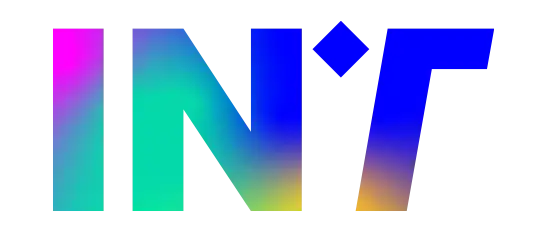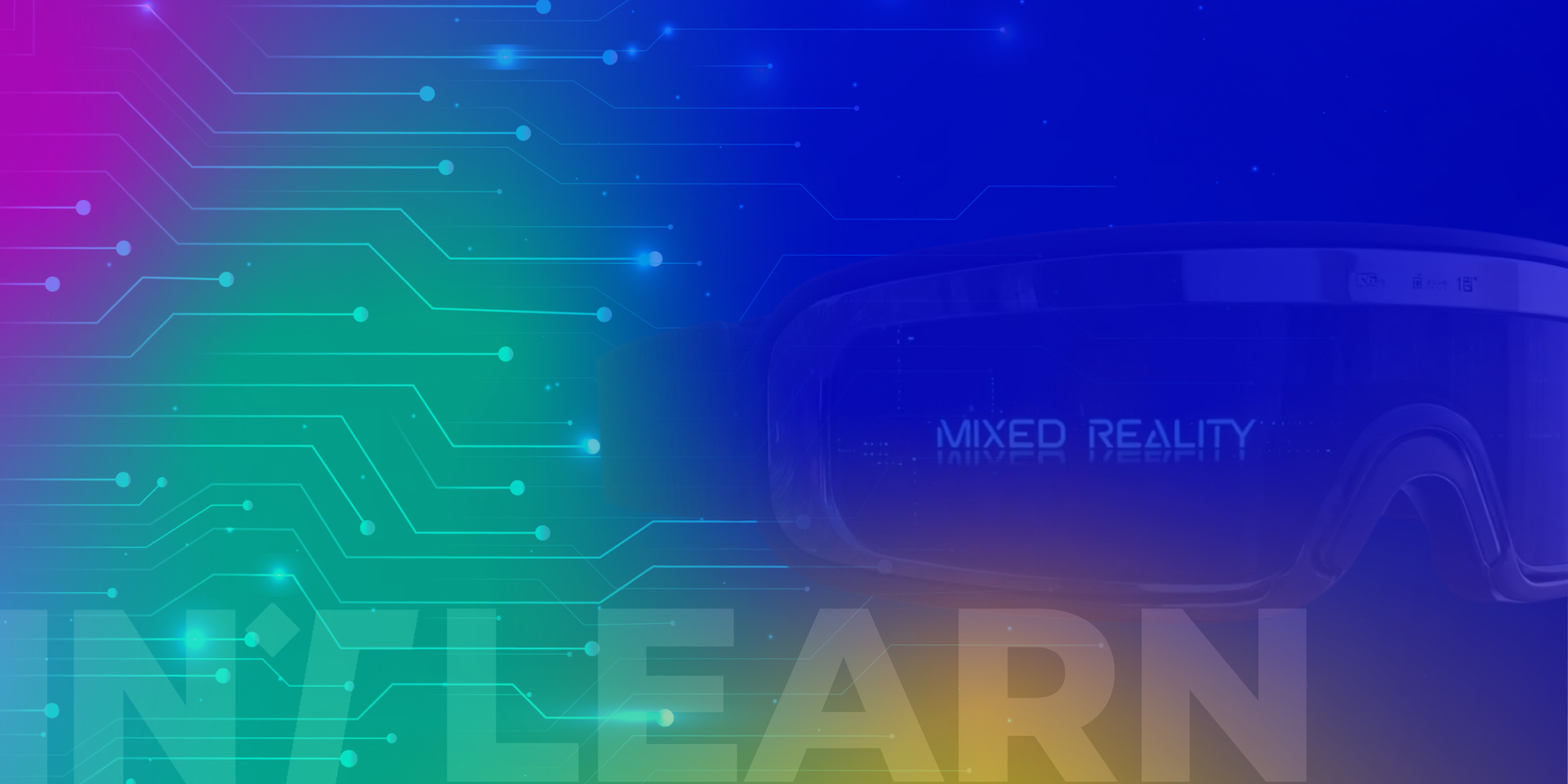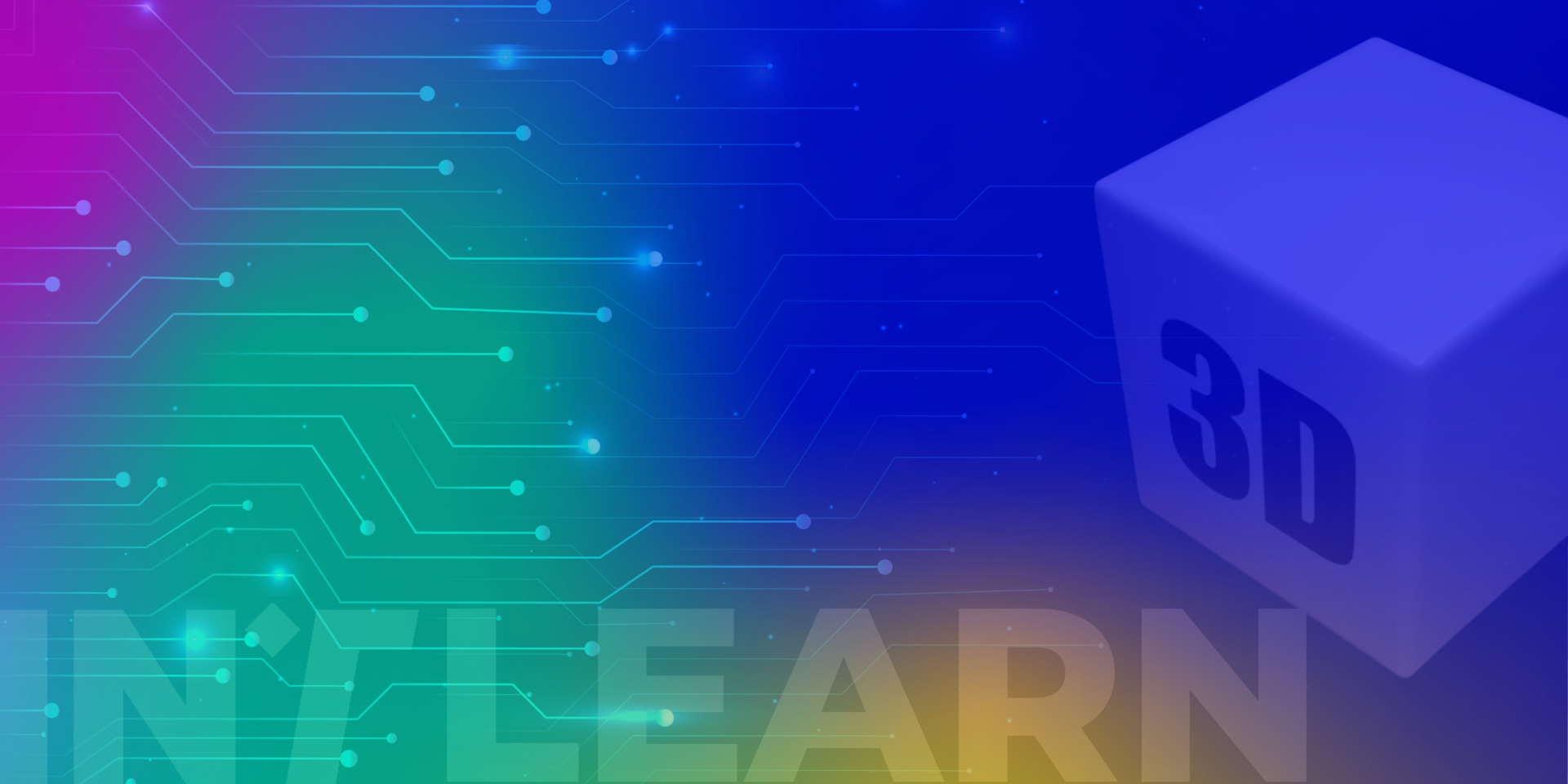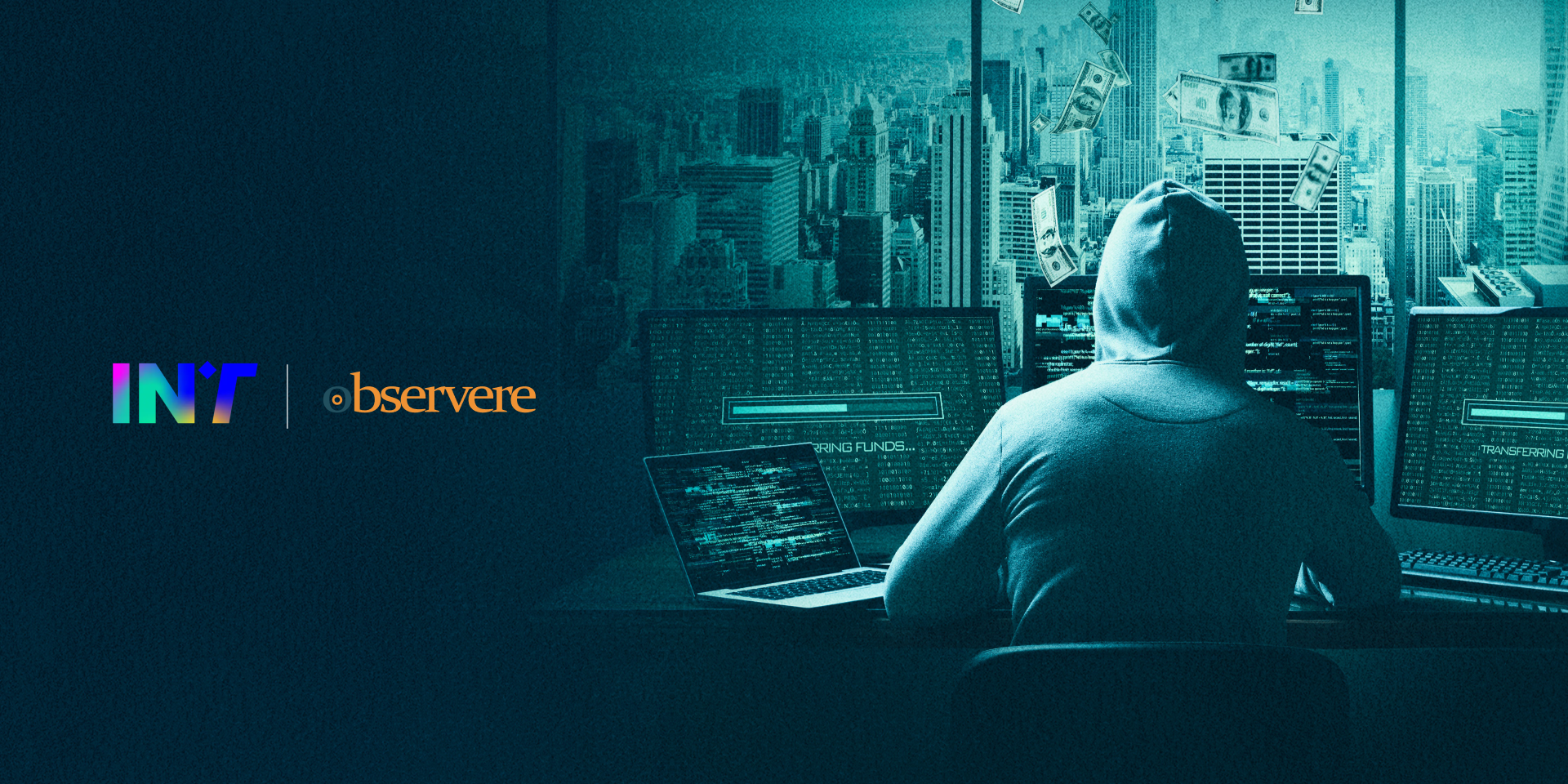Functionalities and fields of application about Mixed Reality
Mixed Reality (MR): an innovative technology that overlays virtual information onto our reality and creates entirely new hybrid environments. In these spaces, real and digital objects coexist and interact in real time, opening up revolutionary scenarios.
Often confused with its components, Augmented Reality (AR) and Virtual Reality (VR), Mixed Reality encompasses them both. It allows for the modulation of the experience, shifting from a slight overlay of data to a total immersion in a virtual environment.
FUNCTIONALITIES
Unlike traditional AR, where digital elements are simply projected onto our field of view, in Mixed Reality these objects are anchored to the physical space. This means that a user can move around a hologram, observe it from different angles, and even interact with it as if it were a real object. This interaction is made possible by advanced headsets and smart glasses, equipped with sensors capable of mapping the surrounding environment in real time.
Mixed Reality merges physical presence with digital collaboration, creating an incredibly dynamic and immersive experience.
Another distinctive feature is its ability to allow us to transition smoothly between AR and VR. During a virtual experience, if you get close to a real piece of furniture, the headset detects it and digitizes it within the virtual world to avoid collisions, combining safety and immersion.
FIELDS OF APPLICATION
Versatility is undoubtedly the strong point of Mixed Reality. Its ability to improve complex operations and training makes it a transformative technology for countless sectors. Although applications range from the medical field to architecture, it is in the industrial world that Mixed Reality is showing its most disruptive potential. The same device can, in fact, be used by different figures within the same company, optimizing processes and increasing efficiency.
In the field of on-site assistance, Mixed Reality revolutionizes operations such as assembly, repair, and maintenance. Through the Remote Assist application, a technician working on a complex machine can receive immediate support from an expert located in another part of the world. The technician shares their point of view through the headset, and the expert can send instructions, diagrams, and holographic annotations directly into their field of view, guiding them step-by-step. This drastically reduces machine downtime and travel costs.
Another fundamental application is that of Guides. Employees can learn new procedures by following step-by-step holographic instructions that are displayed directly on real-world objects. Whether it’s assembling a component or performing a scheduled inspection, the visual guide minimizes errors and accelerates the learning curve.






